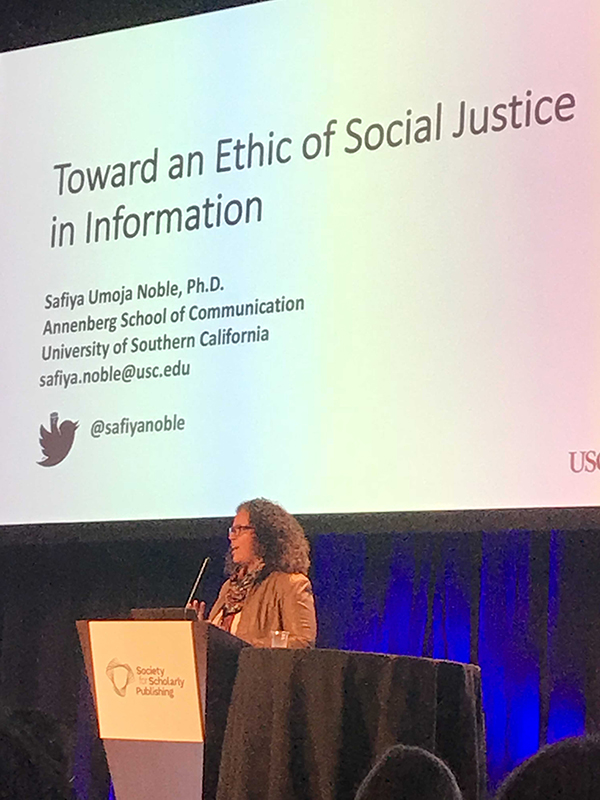hidden-history-of-women-s-suffrage-part-ii-the-states-as-incubators-for-social-change
November 20, 2019
This Part Two in a series celebrating the centennial anniversary of the 19th Amendment. Read Part One here.
Like many issues in our own day—legalization of medical marijuana, gay marital equality, voting rights for former felons—the Votes for Women campaign got its start in the states.
The First to Change
The drumroll for change started in the West, with enfranchisement of female voters in Wyoming (1890), Colorado (1893), Utah (1896), Idaho (1896), Washington (1910) and California (1911). Passage of women’s suffrage in California was extremely close—the ballot initiative won by a margin of 3,587 votes, one per precinct—but the effect was dramatic, increasing to 1.3 million the number of female voters eligible nationally to cast ballots. By 1916, ten more states had enacted at least presidential suffrage, including Illinois, and nearly one-fifth of Electoral College votes were cast by suffrage states. Analysts concluded that Woodrow Wilson would not have been returned to the White House without their votes.
The Importance of Failure
Buried in these historic statistics is another fascinating nugget with resonance in our own times: the importance of failure. When the Nineteenth Amendment was ratified in 1920, suffrage leader Carrie Chapman Catt lamented the ordeal of its achievement. “To get the word male in effect out of the Constitution cost the women of the country fifty-two years of pauseless campaigning,” she wrote. “During that time they were forced to conduct fifty-six campaigns of referenda to male voters; 480 campaigns to urge Legislatures to submit suffrage amendments to voters; 47 campaigns to induce State constitutional conventions to include woman suffrage planks; 30 campaigns to urge presidential party conventions to adopt woman suffrage planks in party platforms; and 19 campaigns with 19 successive Congresses.” Beyond the halls of power, “millions of dollars were raised, mainly in small sums, and expended with economic care. Hundreds of women gave the accumulated possibilities of an entire lifetime, thousands gave years of their lives, hundreds of thousands gave constant interest and such aid as they could. It was a continuous, seemingly endless, chain of activity. Young suffragists who helped forge the last links of that chain were not born when it began. Old suffragists who forged the first links were dead when it ended.”
But in fact is was the sum of those many campaign losses that ultimately led to success. When Elizabeth Cady Stanton first proposed giving women the right to vote at the 1848 Women’s Rights Convention at Seneca Falls, New York, the idea was seen as a radical departure from gender norms. For many men in the early 20th Century, it still seemed like a threat. They feared the vote would harden women, emasculate men and harm the family.
Women in the Public Square
What convinced male voters to enfranchise women was the appearance in the public square of women of all classes and professions – joined by a few brave, progressive men who marched in suffrage parades with them. Seeing this panorama of interests helped to normalize the idea, as did hearing it debated in so many losing campaigns. By the time Congress passed the Nineteenth Amendment in 1919, much of the country—27 of 48 states and one territory (Alaska)—had already granted women the vote in state or federal elections. In presidential elections, 339 of the 531 Electoral College votes needed to win the presidency—more than the 267 required—came from states that had removed the gender barrier to the voting booth. The idea, once so controversial, had lost its toxins. Men who harrumphed at the notion, now saw their sisters, wives and neighbors asking for the vote without sacrificing their decorum. Contrary to their fears, it appeared women could enter the corrupt, cigar-filled political space without losing their femininity. “In the beginning, the women who wanted the change were outsiders, trying to storm the political fortresses with no weapons except the appeal of justice to the men inside,” said chief suffrage lobbyist Maud Wood Park. “Not until individual states gave votes to women was there any chance for them to work from within the stronghold to open the gates to sister women still outside.” No longer were women petitioning Congress for their rights as citizens without portfolio. Now, they were demanding them, as constituents with the power to vote out their elected officials. That shift, from supplicant to equal, was a game-changer.
World War I, Protests, Arrests, and Woodrow Wilson
Carrie Chapman Catt, head of the two-million-strong National American Woman Suffrage Association, crafted her “Winning Plan,” to use victories in the states to pressure Congress to enact the 19th Amendment. She lunched with Woodrow Wilson and marshaled a sophisticated lobbying force to persuade Congress. In short, with two million members and a keen understanding of politics, she represented the establishment. By contrast, Alice Paul, head of the smaller National Woman’s Party, sent the first protestors ever to the White House gates. They were castigated as unsexed and unpatriotic for picketing while the nation was at war. In an oral interview, Paul said years later that what made the protestors controversial was not their picketing but their signs—verbal assaults that highlighted President Wilson’s hypocrisy in promoting “the consent of the governed” to a world at war while denying that same privilege to the female half of his nation. The Wilson administration at first looked the other way, eager not to turn the protestors into martyrs. But once the United States joined World War I, they were arrested for obstructing sidewalk traffic. Nearly 200 went to jail in a horrific prison where they were abused and some force fed after they went on hunger strikes. Press coverage was intense, defections inevitable.
Dudley Malone had stumped for Wilson on the campaign trail in 1916, telling female voters in California that if they voted for the president, he would “do all he could to help them obtain a national vote.” In July 1917, he and two other members of the Men’s League for Woman Suffrage—Frederick C. Howe and Amos Pinchot—watched as sixteen picketers were tried, each sentenced to sixty days in the Occoquan Workhouse. Later Malone went to the White House and urged Wilson to free them. When he refused, Malone resigned his lucrative job as Port Authority Collector in New York. Wilson considered Malone a close friend, telling aide Edward House, “I know of nothing that has gone more to the quick with me or that has seemed to me more tragical [sic] than Dudley’s conduct, which came upon me like a bolt out of the blue. I was stricken by it as I have been by few things in my life.”
On hearing of Malone’s gesture, female suffragists were ecstatic. “Although we disagree with you on the question of picketing, every suffragist must be grateful to you for the gallant support you are giving our cause,” wrote New York State Woman Suffrage Party President Vira Whitehouse. The party’s legislative liaison, Harriet Laidlaw, agreed, telling a reporter, “ I was thrilled. ...I didn’t dream any man would do such a chivalrous thing for us. It can’t fail to have a splendid effect on the voting men in our referendum this fall.” Male suffragists were more suspicious of Malone’s motives. As James Lees Laidlaw told the New York Sun, the results of Malone’ s action “would depend somewhat on whether he got out and rolled up his sleeves for Votes for Women.” Aside from his membership in the Men’s League, there is no record that Malone ever did.
Moderates and Militants: A One-Two Punch for Voting Rights
Historians often debate whether moderates like Catt or militants like Paul won the fight for suffrage. Despite their dislike for one another—their correspondence at the Elizabeth and Arthur Schlesinger Library for Women’s History reeks with personal pique—in my view Catt and Paul and their followers unwittingly arrived at a one-two punch for women’s rights. Even working at odds with one another, they proved more successful than either would have been alone. As the militants and moderates vied for power, suffrage leaders assembled one of the greatest cross-class coalitions in history—rallying factory workers, shop clerks, actresses, librarians, housewives and professionals who stood together for the vote. That broad display of unity helped defuse male fears that the franchise would harden women and emasculate men—and helped normalize the idea of women voting. Failures in state after state also created familiarity and doused fear. Even as they rivaled each other for power and influence, the two wings of the suffrage movement helped prepare the way for acceptance of an idea once deemed radical, suddenly as normal as the family down the street.
Johanna Neuman, Ph. D. is a historian who specializes in the history of women’s suffrage. Her new book, due out in December from Wiley & Sons, And Yet They Persisted: How American Women Won the Right to Vote, tells the story of activism over two centuries, from the revolutionary era, when some women voted and others agitated for the vote, to the civil rights era, when African American and other women of color demanded their right to vote. An earlier book, Gilded Suffragists: The New York Socialites Who Fought for the Right to Vote, examined the role of celebrity endorsements in winning social change. The wealthy socialites of High Society – Astors, Belmonts, Vanderbilts – were the media darlings of their day, and their endorsement, like Oprah Winfrey’s of causes today, popularized the movement.









